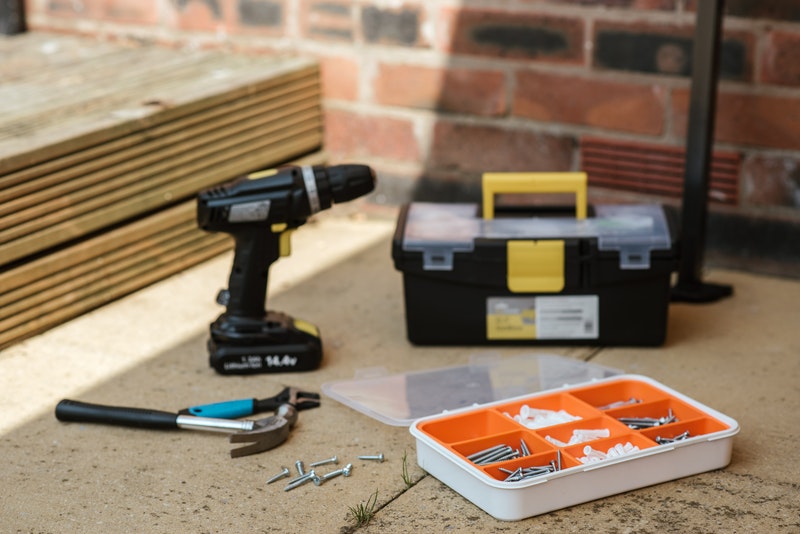After experiencing a disaster, like a flood or fire, finding the right restoration company can be an overwhelming task, especially under these challenging conditions. Time is of the essence, but hiring the right company is critical. How do you know whether you are making the right choice? Along with assessing for reviews and evaluations online, you also ought to learn important information from the company itself. Here’s what you need to ask restoration companies before choosing who to employ:
- Is your firm licensed and bonded?
In most states, contractors and companies in the restoration industry need to be registered with the condition. This makes sure you could fix any legal issues with them if it must come to this.
- Do your technicians have the necessary certifications?
Besides licensing, restoration technicians must be trained properly and accredited by the I.I.C.R.C. (Institute of Inspection, Cleaning and Restoration Certification).
- Is your company insured?
Throughout the restoration process, contractors do their very best to avoid causing accidental structural damage. However, if this occurs, you’re not responsible. The repair cost should be covered by their insurance company. Be sure the company has both general liability and worker’s compensation insurance coverage before hiring them. Learn more right here.
- Are your technicians accessible at all times?
Reputable restoration businesses should answer calls at any hour of any given day. Since any disaster situation ought to be immediately handled, restoration businesses also have to have the ability to send technicians to inspect and include the situation whenever possible, usually within a couple of hours of the disaster.
- Can you give any guarantees?
In truth, it’s difficult to guarantee something almost impossible to predict. For instance — that mold won’t grow in a water damaged area after that region was revived. However, the restoration company should guarantee their workmanship and materials.
- What recovery experience have you got?
Ask them how often they perform projects like this to determine their degree of experience. Additionally, it is important to look for reviews and evaluations of the business on the web and to ask them to get a list of testimonials to speak with their previous clients. Consult their customers if they were happy with the outcome, how long the job took, etc.
- Just how long does the restoration job take?
In many water mitigation instances, the flooded region has to be dried within 3 to 5 days of this episode. If not, the situation will get much worse. As time is of the character, make certain that the contractor knows of this and sets the proper time limit into the project’s conclusion.
Whoever you opt to hire, be sure that they are properly trained professionals. Read more about why you should employ a professional to deal with an emergency in this informative article. For skilled fire, mold, and water restoration solutions, contact your local PuroClean office.
Fire damage restoration and water damage restoration are two quite different kinds of jobs, so it is no surprise they will need to be approached by the responding restorers accordingly.
Now that is not to mention that the 2 types of jobs don’t also have similarities. For instance, in a residential setting, there’s the dilemma of containment, review to find out the scope of the work going to be performed, and being empathetic with potentially distraught homeowners. But here’s a look at some of the big differences between the two approaches:
- Fire: Security is key when reacting to a fire occupation, so it’s important to secure the house. Then, emergency board-up can commence and the project may start. Suitable items must be packed out and removed site for contents cleanup, while crews can start ridding the land of soot and smoke odors and preparing for demolition and reconstruction, if necessary.
- Water: When responding to a water reduction, the initial step is to extract any residual standing water from the home. If water levels have receded, then contents ought to be packed out of the affected region and drying equipment should be drawn in. In the case of Category 2 or Category 3 water, nevertheless, carpeting and carpet padding will probably need to be removed and disposed of and any affected drywall will also need to be cut out.
As you can see, reacting to water and fire is different. But there is one huge similarity between the two that is worth emphasizing –empathizing with the homeowner. Bear in mind, these are those who can be quite delicate after an unexpected home disaster. So work together, consider what they believe is “the main thing” to treat following a loss, and do everything you can to match their wishes. When it’s water or fire, the homeowner’s immediate demands should always be taken seriously.


